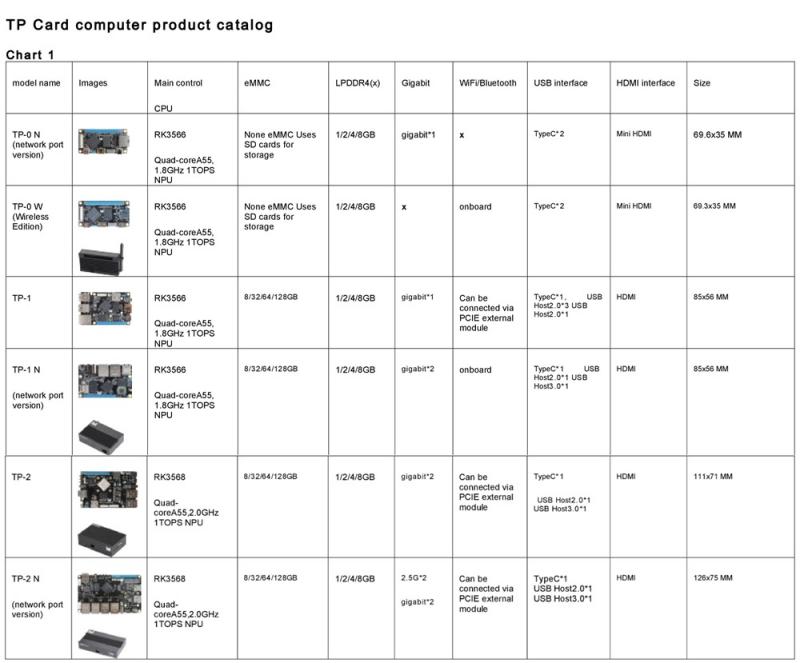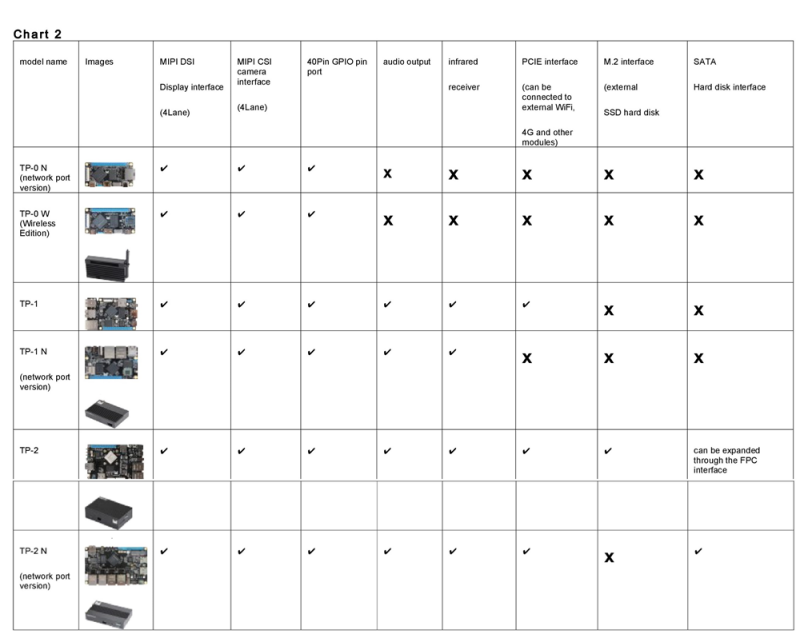
- English
- Español
- Português
- русский
- Français
- 日本語
- Deutsch
- tiếng Việt
- Italiano
- Nederlands
- ภาษาไทย
- Polski
- 한국어
- Svenska
- magyar
- Malay
- বাংলা ভাষার
- Dansk
- Suomi
- हिन्दी
- Pilipino
- Türkçe
- Gaeilge
- العربية
- Indonesia
- Norsk
- تمل
- český
- ελληνικά
- український
- Javanese
- فارسی
- தமிழ்
- తెలుగు
- नेपाली
- Burmese
- български
- ລາວ
- Latine
- Қазақша
- Euskal
- Azərbaycan
- Slovenský jazyk
- Македонски
- Lietuvos
- Eesti Keel
- Română
- Slovenski
- मराठी
- Srpski језик
What is a single board computer ( sbc)?
2023-12-19
A single-board computer (SBC) is a complete computer system that exists on a single printed circuit board (PCB). An SBC typically contains all the components and connections found in a complete computer system, including a processor, memory, storage, network connectivity, and interface ports for peripherals such as keyboards, mice, and displays.
Single-board computers are usually used in embedded systems, where the physical size and minimal power consumption are crucial factors. They are popular with hobbyists, makers, and developers who need a low-cost and flexible platform for building custom solutions, prototypes, and proof-of-concepts.
Some popular examples of SBCs include the Raspberry Pi, BeagleBone Black, and Arduino boards. These boards have gained widespread popularity due to their affordability, versatility, and ease of use, and have spurred a large ecosystem of community-driven software and hardware development.

What are the features of single board computer?
Single-board computers (SBCs) have various features that make them popular among hobbyists, makers, and professionals. Here are some common features of SBCs:
SoC: The heart of an SBC is an integrated system-on-chip (SoC) that houses a processor, GPU, memory, and other processor subsystems. These processors can have different instruction sets like ARM, x86, and RISC-V.
Memory: SBCs come with built-in memory in the form of Dynamic Random Access Memory (DRAM). This memory is used for running programs and storing data. The memory capacity varies depending on the SBC type and can range from a few hundred megabytes to multiple gigabytes of RAM.
Storage: SBCs typically have onboard storage, which is used to store the operating system, applications, and user data. The form of storage can be eMMC, MicroSD cards, NVMe M.2 and SATA sockets.
Connectivity: SBCs come with various connectivity options like Ethernet, Wi-Fi, Bluetooth, and USB. This allows users to connect to networks, communicate with other devices and transfer data. The expandability of the SBC comes from GPIO, USB, and expansion slots like PCIe or mPCIe.
Operating System: SBCs run operating systems like Linux, Android, or Windows. These operating systems are customized for SBC's use and offer compatibility with developer tools and programming environments.
Power Consumption: SBCs are typically designed to operate on minimal power, making them suitable for low-power applications. The power supply varies depending on the board design and can range from micro-USB ports, barrel jacks, or screw terminals.
Size and Form Factor: SBCs have a small form factor, ranging in size from credit card size to smaller than a palm-sized. This size makes them easy to integrate into devices that require embedded computing capabilities.
Overall, SBCs are compact, versatile, and offer a low-cost solution for developing embedded systems, prototypes, and DIY projects.




